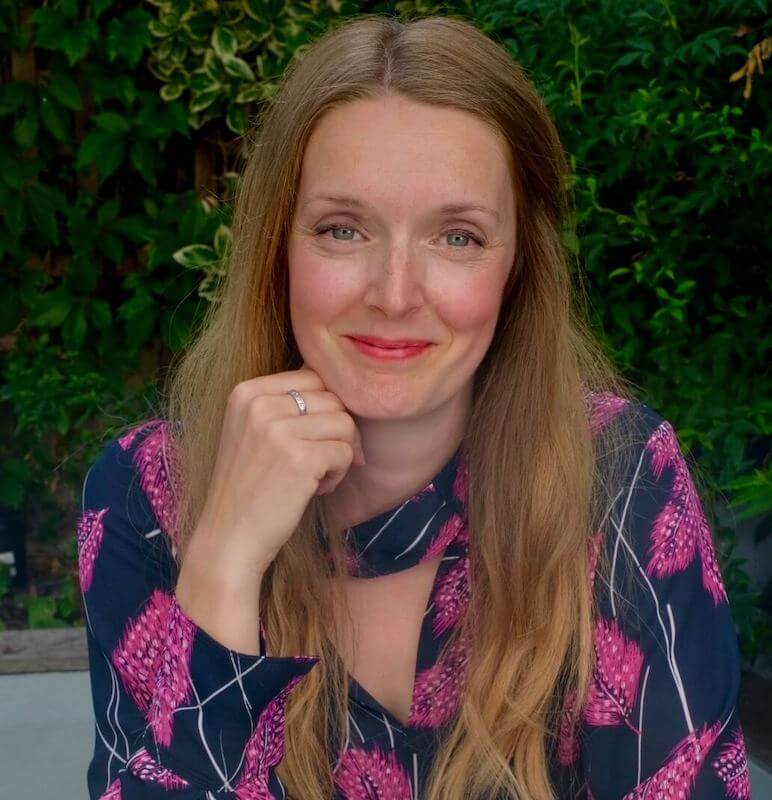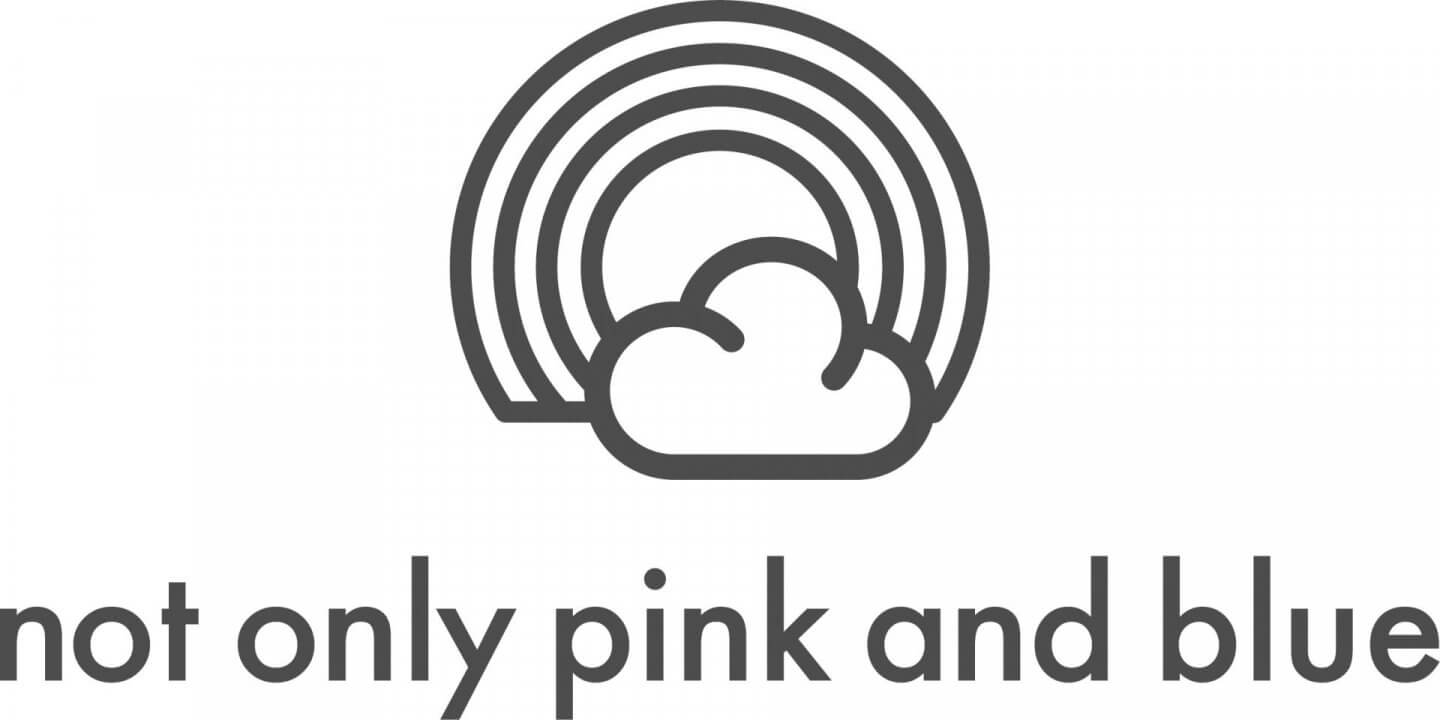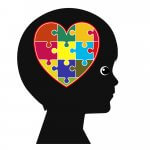Who would have thought it was possible to start a profitable business that challenged gender stereotypes? This is exactly what Clare Willetts did when she launched Not Only Pink and Blue, a website that sells clothes, toys and books for all children.

What started eight years ago as a blog has grown to become a well-known retailer. If you visit its website, you’ll see that items are not marketed by gender.
This has also put Clare in a good position to campaign on gender equality issues. Clare often comments on such issues and so as it’s an interest of mine, I invited her to explain what inspired her to start the business, how it works and why it’s important to challenge gender stereotypes.
There’s an interesting story behind Not Only Pink and Blue. Didn’t you struggle to find clothes when buying items for friends’ children?
That’s right. When I was in the baby sections I found that the pink/blue divide was so stark and there were no colourful, fun clothes for babies. So, I went hunting for those and started blogging about great brands that I found. Then when I started doing my own research into the pink/blue divide and found that it really did have a limiting effect on our children’s aspirations, confidence and mental well-being.
At that time, I was Managing Partner at M&C Saatchi and was talking to clients and internally about Women in Business initiatives and about initiatives to help the mental wellbeing of men in early adulthood. My research was focused on children and I could see we were already creating some of these limiting beliefs in early childhood. It was at that point I focused in on buying behaviour because buying boy/girl can perpetuate stereotypes often without parents/carers realising it.
You have children of your own now. You must have some stories of how they’ve faced gender stereotypes or how you have faced some as a mother?
The main thing is the assumptions that come from stereotypes. I remember when my daughter was two years-old we were out for lunch and she was running and jumping down some steps. The waitress said several times: “He’s so gung-ho jumping down those steps’. When I eventually corrected her, she said “Wow, that’s so unusual for a girl.” I found it astonishing that there was an assumption that a little girl wouldn’t run and jump. I made it clear that it was very usual as that’s what many toddlers love to do!
This is just one example of loads of assumptions made about children based on stereotypes and it’s these outdated attitudes that limit children’s options.
You make clear on the Not Only Pink and Blue website that you researched gender prior to launching your company. What did your research uncover?
I started to look into whether the pink/blue divide was just a colour issue or more than that. I found that it is just one of the many social codes that children pick up on. For example when I started to look at gender-disguise studies, these show adults rating babies’ expressions and physical appearances differently based on the sex they believed the babies to be. Adults also tend to choose different toys for each sex, footballs and hammers for babies believed to be boys, dolls and hairbrushes for those they believe to be girls. They also engage with them differently, in a more physical way with boys and more verbal ways with girls.
This is often unconscious, even adults who say they don’t believe in stereotypes respond in the same way. I then started to look more closely at toys, clothes and books. The differences between what was ‘for’ girls or boys were stark and incredibly stereotypical in many cases.
The good news is that modern neuroscientists have identified no decisive, category-defining differences between the brains of men and women. The idea that differences between boys and girls are biological and cannot be changed, has been discredited.
We also know that the brain is malleable so we can challenge the stereotypes that children are exposed to as was shown by the BBC award winning documentary No More Boys and Girls. There are many of us tackling these stereotypes in multiple areas and as a collective we can make a real difference.

You established Not Only Pink and Blue about eight years ago. Have you seen demand for items with a gender-neutral ethos grow since then?
The idea started eight years ago when I was out buying baby clothes for friends and realised just how stark the pink/blue divide was. Aside from those two colours the options were grey, yellow or bunnies!
So I started a blog looking for fun colourful children’s clothes. The idea developed into the marketplace after I had started researching the pink/blue divide and if it really had a lasting impact on children.
There is no doubt that interest in this area is growing and the realisation that the products we give to children are often reinforcing the stereotypes we see in society. A recent Fawcett Society study showed that 60% of parents are worried about the stereotypes that their children are exposed to.
The best thing is that there is a better understanding now that gender-neutral does not mean beige. At Not Only Pink and Blue all colours are for all children and Parents are really resonating with that message.
You have made some interesting comments about not wanting to change children, but to change buying habits. Could you expand on that a little please?
This is about creating options for children and unfortunately our purchase behaviour, often unwittingly, perpetuates stereotypes. When shops are divided into boy/girl sections or we have to filter by boy/girl on websites we are only shown a selection of the products available and that selection has been decided by manufacturers and retailers. Unfortunately, this doesn’t give children all the choices and often perpetuates the cycle of stereotypes.
If we can break this cycle then it will go a long way to giving all children the options so that they can decide what they enjoy. This is about allowing children to be individuals. If they love football, climbing and running around it doesn’t mean that they won’t like cooking, drawing and crafts. If they have the options, unconstrained by stereotypical expectations, then they can make a choice about what they enjoy.
What sort of items do you sell?
We sell clothes, books and toys for children aged 0 – 10yrs old and there is no girl/boy filter on our site. We believe that all colours are for all children, all toys should spark imagination and all children should see themselves in the books they read. All the products are from small independent businesses who product quality products.
We meet all the partners (currently via Zoom!) and see a selection of their products before they join our site. We’re always looking for fantastic new partners who are producing great, quality products for kids.
Your background is in advertising and marketing. In the past, were you asked to work on campaigns that reinforced stereotypes?
Working across all sectors meant that I was involved in a lot of different types of campaign. One sector I worked in a lot was the automotive sector and there were a few times that I challenged briefs and campaigns that reinforced stereotypes. It was a great opportunity to challenge that style of marketing and do a bit of education for the brand along the way!
Communications are fantastic at changing viewpoints, challenging the status quo and really driving change in our world, so I always pushed to move from outdated stereotypes to more interesting and forward-thinking campaigns.
You state on your website that “there is nothing wrong with girly girls, or football-loving boys.” Do you feel it is more important to stress this message and simply let children decide who they are?
This is all about choice. Children need to be exposed to the different options and then they can choose. If they have had the opportunity to try lots of different things then children aren’t being limited by what is expected from stereotypes. To do this we have to remove the labels associated with toys, colours and clothes otherwise it’s not really a choice, it’s a limited set of options that someone has arbitrarily decided are for girls or for boys. And when labels, colours, sides of the shop or filters are the first port of call for a purchase then the selection won’t include everything it will include a limited set of options.
It’s no secret that I am a big advocate of flexible working. Was the need to balance work and family also a reason for establishing Not Only Pink and Blue?
Initially it wasn’t about flexible working, but having now worked for myself the benefits for family life are great. I’ve always wanted to make sure that I can pick my children up from school as I know I find out a lot from seeing them as they walk out of their classroom.
It’s definitely a benefit of working for myself which wouldn’t have been as easy to do if I had still been in corporate roles.
Finally, where can people find you online and on social media?
We love to discuss everything to do with this area and you can find us on Instagram, Facebook and Twitter at @notonlypinkblue
You can visit the Not Only Pink and Blue website by following this link.







